Artwork Terminology Explained
When considering a piece of art, it is useful to read and understand the description about the artwork so you know exactly what you are buying. However, art jargon can be confusing and difficult to keep up with as new materials are continuously becoming available for artists. So, here’s a simple glossary to explain some of the artwork terminology you are likely to encounter as you explore the huge variety of paintings on Bluethumb.
Acrylic Pour Painting
‘Acrylic pour’ paintings are created by pouring paint rather than applying it will a brush. They are characterised by interesting and complex patterns of swirling colour. The artist makes creative decisions in choice of colour and technique but there is an unpredictable and exciting element in how the paint actually flows. As a result, each artwork is unique and cannot be replicated. There are also inks that create similar effects.

Aerial Pink by Elena Parashko, an example of the acrylic pour method.
Artist Quality
Paint comes in 3 basic grades: student quality, which is ideal for children to play around with; art student quality, for the more serious learner and artist’s quality for professional artists. Basically, you get what you pay for. Artist quality paints are more expensive because they use a high concentration of natural pigments, they are archival (guaranteed to last a lifetime in normal lighting conditions), and are lightfast (resistant to fading).
Canvas Panel or Canvas Board
Artwork can be created on canvas that has been glued to sturdy cardboard or MDF board. These paintings need to be framed if they are to hang on a wall.
Diptych and Triptych
Diptych refers to two paintings intended to be hung together as a pair. The paintings may butt up against each other or they may be designed to be hung with a small gap between them. Usually the image from one canvas crosses over and connects with the image on the second canvas. A triptych works on the same principle where three paintings are hung side by side.

An example of a diptych: A Sinistra by Daevid Anderson.
Giclee Prints
A giclee print (French word pronounced as zhee-klay) is a high quality reproduction of an original artwork. Using the latest in print making technology for colour accuracy, giclees can be produced on paper or canvas.
Gouache
Gouache is a painting medium similar to watercolour. The main difference is that watercolour paint is transparent, and gouache paint is opaque.
GSM
The thickness of paper is described by its weight in grams per square metre (gsm). The higher the number, the thicker the paper. Normal photocopy paper is about 90 gsm. Watercolour paper with a higher gsm is designed to handle artwork without buckling or shredding when water is applied.
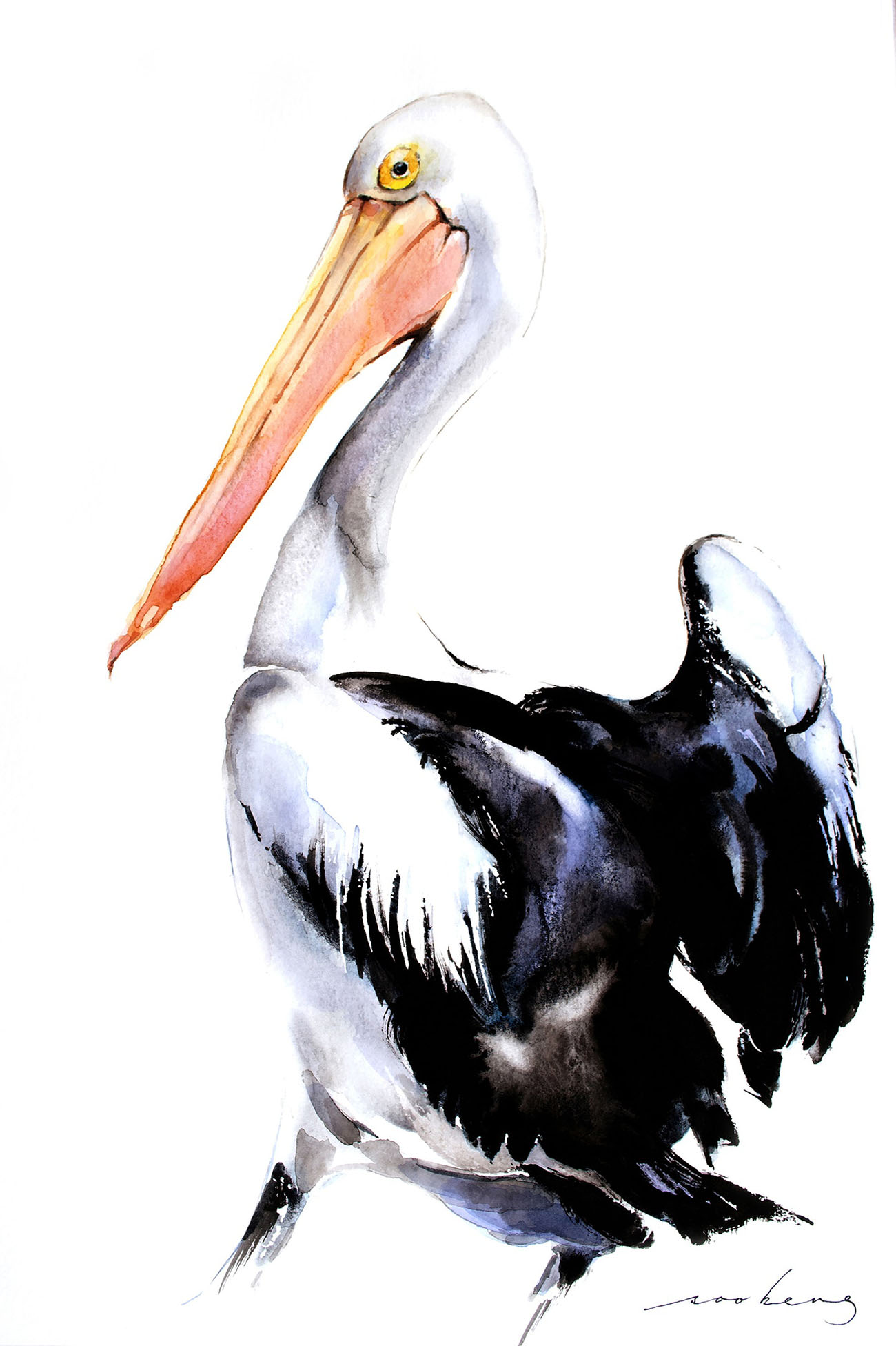
This watercolour piece, Pelican Wonder by Soo Bend Lim, was created on 300gsm paper.
Limited Edition Print
Limited edition prints are reproductions of original artwork, with a designated number of prints being made which are all individually numbered. At the bottom of the print will be the artist’s name and then an issue number and print run number that may look something like this: 125 / 400. This means this particular print was the 125th produced in this edition that will have a maximum of 400 prints produced. They may also come with a Certificate of Authenticity.
Mixed Media
An artwork where more than one type of medium is used in its creation. A combination of traditional media may be used, such as acrylic paint with pastel or ink; or unconventional materials such as sand, string or beads may be incorporated into the artwork.
Resin
A clear, thick, glossy topcoat applied to the surface of paintings and craft projects.
Stretched Canvas
Artists using acrylic paint, oil paint or mixed media, often paint directly onto a prepared stretched canvas. This is where the canvas has been stretched and stapled to a wooden frame for support. They can be thick edged (3-4 cm deep) or thin edged (1-2 cm deep). A cord is attached to the back of the stretcher so the painting is ready to hang. Additional framing is not necessary. However, if the edges of the canvas have not been painted or if there are visible staples on the side of the canvas rather than at the back, then framing will tidy up its appearance from the side view.
Author Biography
Elena Parashko is an award winning Australian artist, writer and teacher. Her artwork is held in private and corporate collections and galleries throughout Australia and overseas.
As a trained teacher with a Bachelor of Education and Masters in Adult Education, Elena is a regular international tutor of art in Fiji, Tahiti, Bora Bora, Hamilton Island, The Maldives and Italy.
Elena has published a book entitled Survival Guide for Artists: How to Thrive in the Creative Arts. Available via her website, this is an empowering book for all creative people wanting to live the life of their dreams.
Elena can be contacted at: info@elenaparashko.com

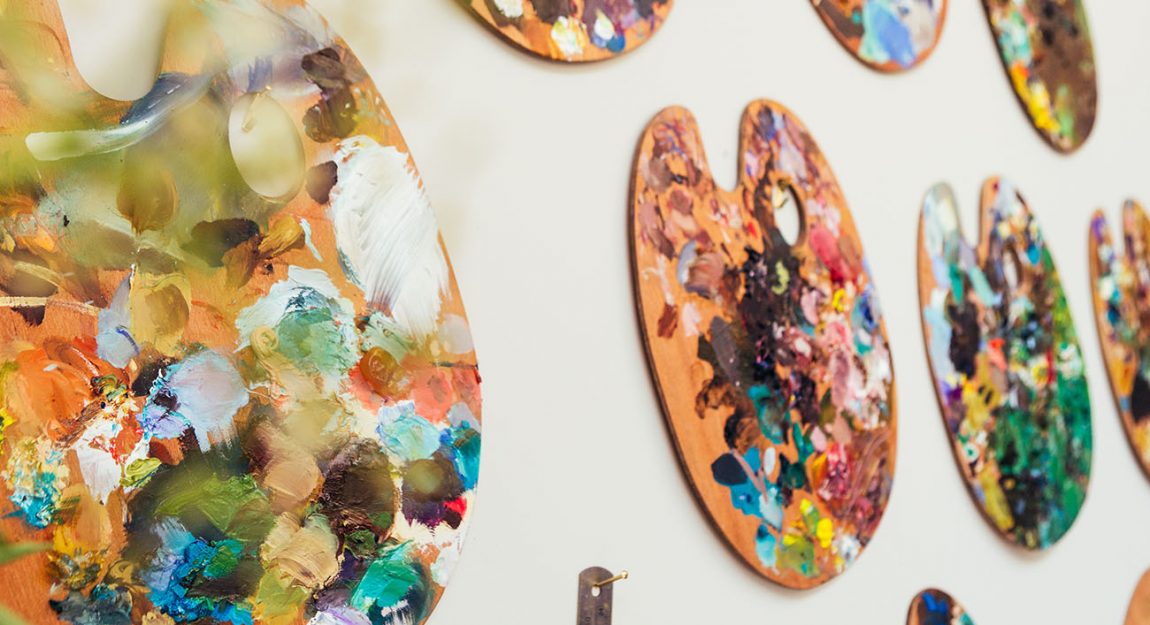


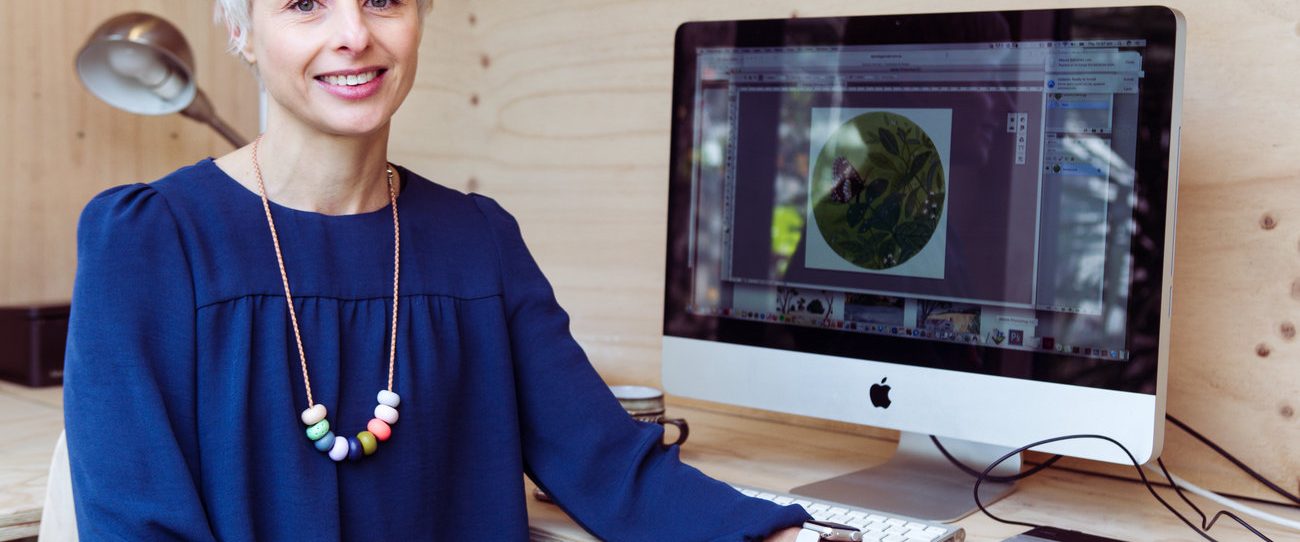
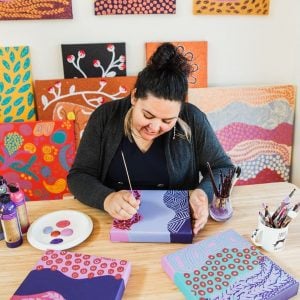

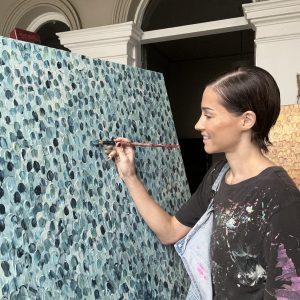
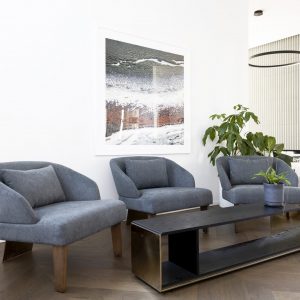







This was very useful thankyou*